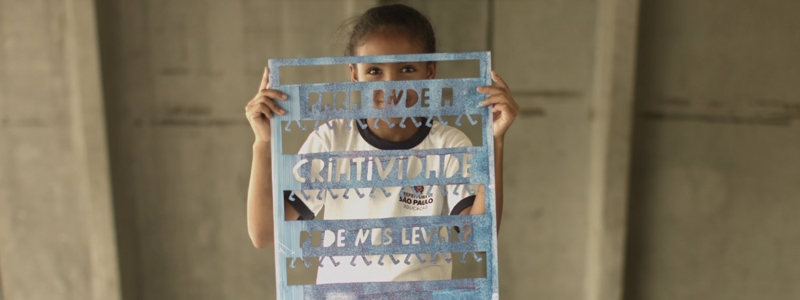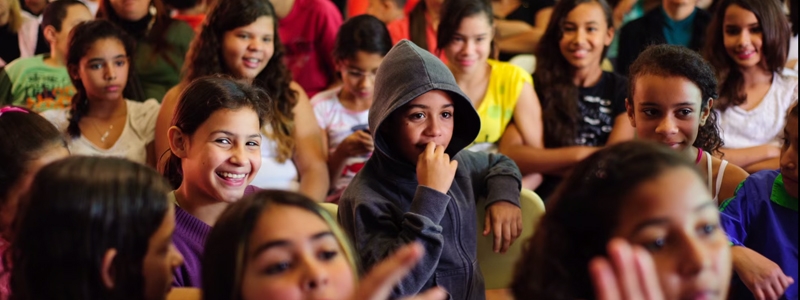Design for Change
Design for Change
Country: Global
Visit Website
Innovation: Disruptive
Where it happens: Home | Community | School | Online
Trends: 21st Century Skills | Hands-on Learning | Community Based Learning
The project is a global challenge that encourages children and adolescents to unite to think about changes they would like to make in the world around them, how to implement such changes and afterwards, share their experiences. It was created in India in 2009.
Country: Global
Visit Website
Innovation: Disruptive
Where it happens: Home | Community | School | Online
Trends: 21st Century Skills | Hands-on Learning | Community Based Learning
The project is a global challenge that encourages children and adolescents to unite to think about changes they would like to make in the world around them, how to implement such changes and afterwards, share their experiences. It was created in India in 2009.
Country: Global
Visit Website






